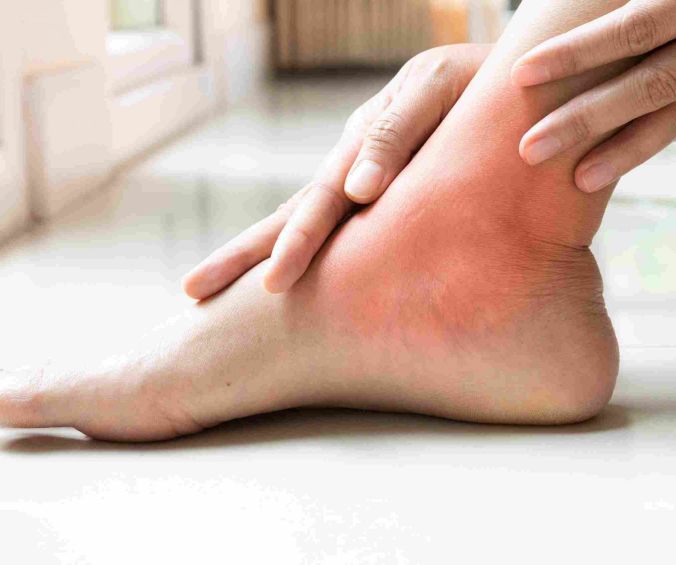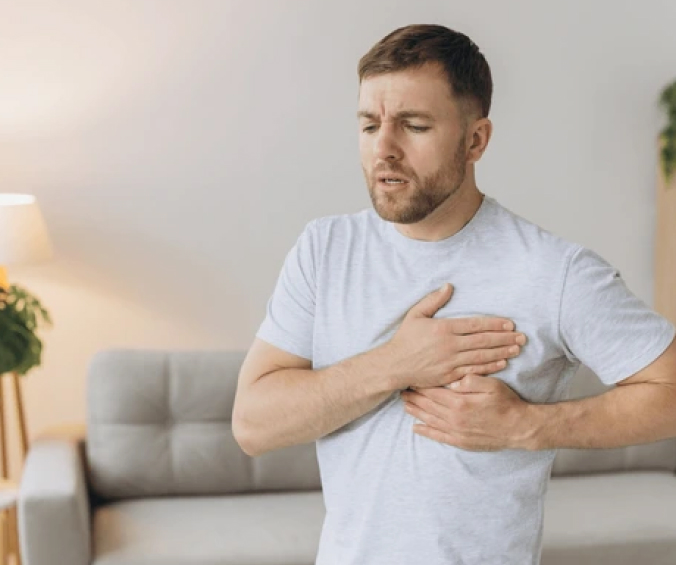
Neuropathic Pain

Painful Diabetic Neuropathy
Painful diabetic neuropathy is a type of neuropathic pain that occurs as a complication of diabetes, resulting from long-term high blood sugar levels damaging the nerves. This condition typically affects the feet and legs, causing symptoms such as burning, tingling, sharp or stabbing pain, and numbness. Painful diabetic neuropathy can significantly impact daily activities and quality of life. Treatment focuses on managing blood sugar levels, alleviating pain with medications such as anticonvulsants or antidepressants, and incorporating lifestyle changes such as improved diet and regular exercise. Addressing underlying diabetes and providing supportive care are crucial for managing symptoms and improving overall well-being.
Trigeminal Neuralgia
Trigeminal neuralgia is a neuropathic pain condition characterized by sudden, severe, and sharp pain affecting the trigeminal nerve, which supplies sensation to the face. The pain typically occurs in brief, recurrent episodes and is often triggered by everyday activities such as chewing, speaking, or touching the face. The discomfort usually affects one side of the face, often in the cheek, jaw, or around the eye. The cause of trigeminal neuralgia can be related to pressure on the trigeminal nerve from a blood vessel, multiple sclerosis, or other underlying conditions. Treatment options include medications to manage pain, such as anticonvulsants, and, in some cases, surgical interventions to alleviate nerve compression and improve symptoms.


Post Herpetic Neuralgia
Postherpetic neuralgia (PHN) is a type of neuropathic pain that occurs as a complication of shingles (herpes zoster). After the shingles rash heals, some individuals experience persistent, severe pain in the area where the rash appeared. This pain can be described as burning, stabbing, or aching and may be accompanied by hypersensitivity or numbness in the affected skin. PHN results from nerve damage caused by the shingles virus, which can disrupt normal nerve function. Treatment typically involves medications such as anticonvulsants, antidepressants, or topical analgesics to manage pain, along with supportive therapies like physical therapy or nerve blocks to improve quality of life and alleviate discomfort.
Peripheral Neuropathy
Peripheral neuropathy is a condition characterized by damage to the peripheral nerves, which can lead to a variety of symptoms, including pain, tingling, numbness, and weakness, typically in the hands and feet. This type of neuropathic pain can result from various underlying causes such as diabetes, vitamin deficiencies, infections, or exposure to toxins. The pain associated with peripheral neuropathy is often described as burning, stabbing, or shooting and may be accompanied by altered sensations or loss of coordination. Management of peripheral neuropathy focuses on addressing the underlying cause, controlling pain with medications such as anticonvulsants or antidepressants, and implementing lifestyle changes to improve nerve health and function.


Complex Regional Pain Syndrome
Complex Regional Pain Syndrome (CRPS) is a chronic neuropathic pain condition characterized by severe, continuous pain often affecting an arm or leg, usually following an injury or trauma. The pain is disproportionate to the initial injury and can be accompanied by changes in skin color, temperature, and swelling in the affected area. Other symptoms may include abnormal sweating, changes in hair and nail growth, and impaired motor function. CRPS is thought to result from an abnormal response of the nervous system to injury, leading to excessive and ongoing pain signals. Treatment typically involves a multidisciplinary approach including pain management with medications, physical therapy to improve function, and psychological support to address the emotional impact of chronic pain. In some cases, interventions such as nerve blocks or neuromodulation may be considered to alleviate symptoms.
Post Stroke Pain
Post-stroke pain, also known as central pain syndrome or post-stroke neuropathic pain, occurs in some individuals following a stroke. This type of neuropathic pain results from damage to the brain’s pain processing pathways and can manifest as a burning, aching, or stabbing sensation in the area affected by the stroke. The pain may be persistent or occur in episodes and can be accompanied by sensations of numbness or tingling. It often affects the limbs or other areas of the body that were impacted by the stroke. Treatment for post-stroke pain typically involves a combination of medications, such as anticonvulsants or antidepressants, physical therapy to manage pain and improve mobility, and cognitive-behavioral therapy to address the psychological impact of chronic pain.

